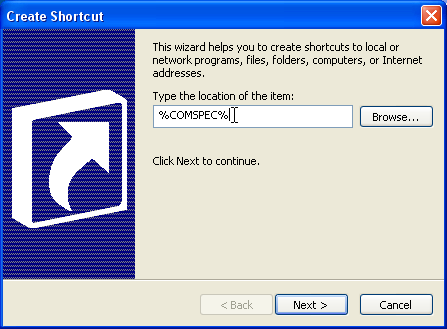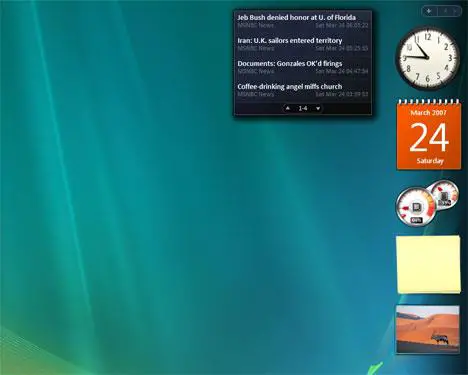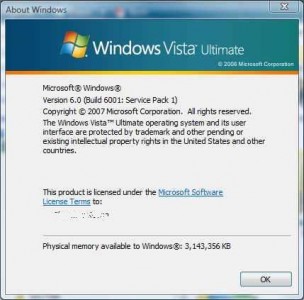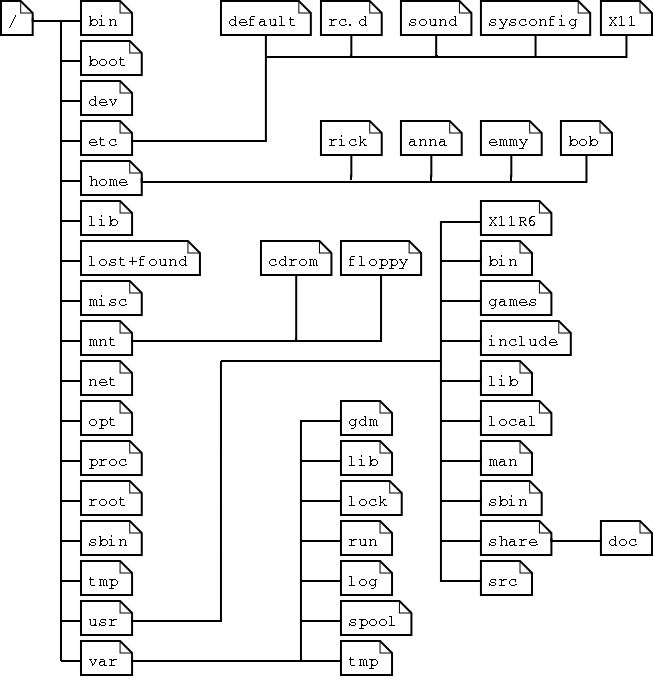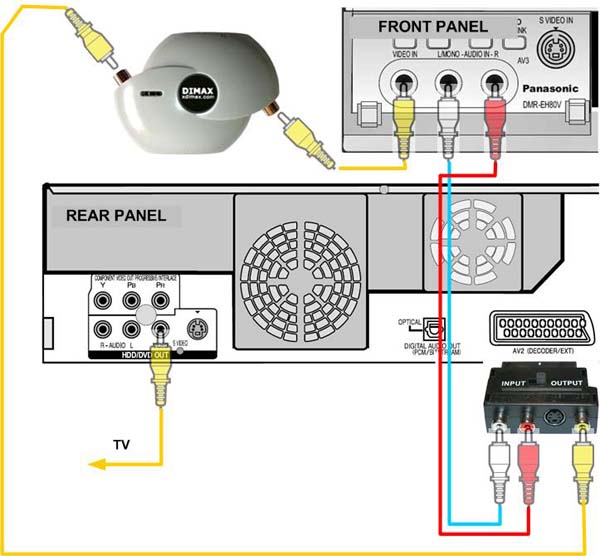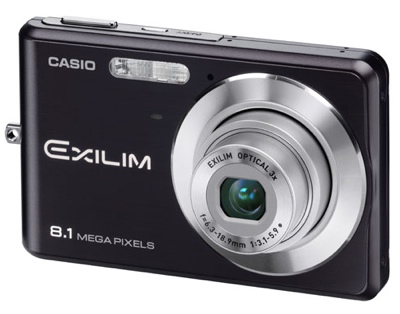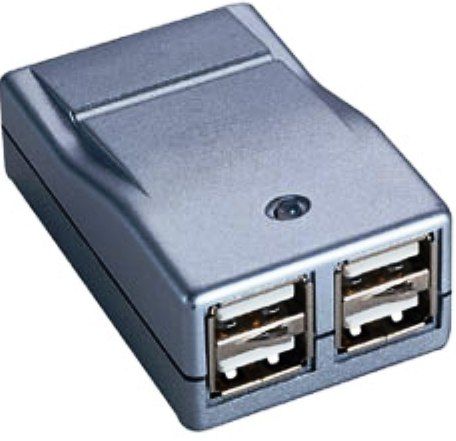Active window; An active window is the currently focused window in the current window manager or explorer. Different window managers indicate the currently-active window in different ways and allow the user to switch between windows in different ways.
Appearance and Personalization category: The Appearance and Personalization category groups many of the most visible changes to the system. Let's work through some of these. Anything I skip is homework.
application file: A file containing the executable code of an application
bitmapped graphics:n computer graphics, a raster graphics image or bitmap is a data structure representing a generally rectangular grid of pixels, or points of color, viewable via a monitor, paper, or other display medium.
cell: a device that delivers an electric current as the result of a chemical reaction
data file:A data file is a computer file which stores data for use by a computer application or system. It generally does not refer to files that contain instructions or code to be executed , or to files which define the operation or structure of an application or system
database: A database is a collection of data for one or more multiple uses. One way of classifying databases involves the type of content, for example: bibliographic, full-text, numeric, image. Other classification methods start from examining database models or database architectures: see below.
datasheet: A datasheet, data sheet, or spec sheet is a document summarizing the performance and other technical characteristics of a product, component
directory:In computer software, specifically the command line interface of the OpenVMS operating system, the DIRECTORY command
field:A space allocated for a particular item of information. A tax form, for example, contains a number of fields: one for your name, one for your Social Security number, one for your income, and so on.
file properties: any one of the attributes that are assigned to a particular file, including its name, the date that it was created and its owner, which are all stored in the file’s properties page
gadgets: A gadget is a small technological object that has a particular function, but is often thought of as a novelty. Gadgets are invariably considered to be more unusually or cleverly designed than normal technological objects at the time of their invention.
hidden file:In computing, a hidden directory or hidden file on a computer is a directory (folder) or file which a user cannot see by default. Hidden directories most often serve to hide important operating system-related files and user preferences
icon:graphic symbol that denotes a program or a command or a data file or a concept in a graphical user interface
Multimedia:transmission that combine media of communication
object: In computer science, an object is any entity that can be manipulated by the commands of a programming language, such as a value , variable, function, or data structure.
object linking and embedding:Object Linking and Embedding is a technology developed by Microsoft that allows embedding and linking to documents and other objects. For developers, it brought OLE Control extension , a way to develop and use custom user interface elements.
presentation Software: A presentation program is a computer software package used to display information, normally in the form of a slide show.
Primary key:In relational database design, a unique key can uniquely identify each row in a table, and is closely related to the Superkey concept. A unique key comprises a single column or a set of columns.
query:A set of criteria that is used to retrieve data from the Data Warehouse. Queries are made up of data items to be retrieved and can also have limits set on the scope of the data and/or sorting order specified.
quick launch toolbar:Used to start frequently used applications with just one click.
record spreadsheet:In database terminology, a record holds all the information or data about one specific object that has been entered into the database.
Recycle Bin:In computing, a recycle bin, or trash, is temporary storage for files that have been deleted in a file manager by the user, but not yet permanently erased from the physical media.
Shortcut:a route shorter than the usual one
Sidebar:The Windows Desktop Gadgets is a widget engine for Microsoft Gadgets. It was introduced with Windows Vista, in which it features a sidebar anchored to the side of the desktop. This feature was removed in Windows 7, however, gadgets can snap to the side.
Software development- is the act of working to produce/create software. This software could be produced for a variety of purposes - the three most common purposes are to meet specific needs of a specific client/business, to meet a perceived need of some set of potential users
Software license:A software license is a legal instrument governing the usage or redistribution of software. All software is copyright protected, irrespective of whether it is in the public domain.
software piracy:The copyright infringement of software refers to several practices which involve the unauthorized copying of computer software. Copyright infringement of this kind is extremely common.
system file:the System suitcase was one of two principal files comprising Mac OS from the original release to System 9.2.2, the other being the Macintosh Finder.
System software is computer software designed to operate the computer hardware and to provide and maintain a platform for running application software.
table: a set of data arranged in rows and columns
text editor: an application that can be used to create and view and edit text files
update: news that updates your information
upgrades:an improved component or replacement item, usually applied to technology; to improve, usually applied to technology, generally by complete replacement of one or more components; to replace an existing object with something better; to replace a program with a later version of itself, a version .
utility program:a program designed for general support of the processes of a computer; "a computer system provides utility programs to perform the tasks needed by most users"
vector graphics: Vector graphics is the use of geometrical primitives such as points, lines, curves, and shapes or polygon(s), which are all based on mathematical equations, to represent images in computer graphics.
web application- In software engineering, a web application is an application that is accessed via a web browser over a network such as the Internet or an intranet.
word-processing software- Computer software program used to create and edit text documents.
workbook:An Excel 2000 file composed of one or more worksheets and additional Visual Basic for Applications code. The RealCost software is a workbook
worksheet:a page in a Microsoft Excel workbook.

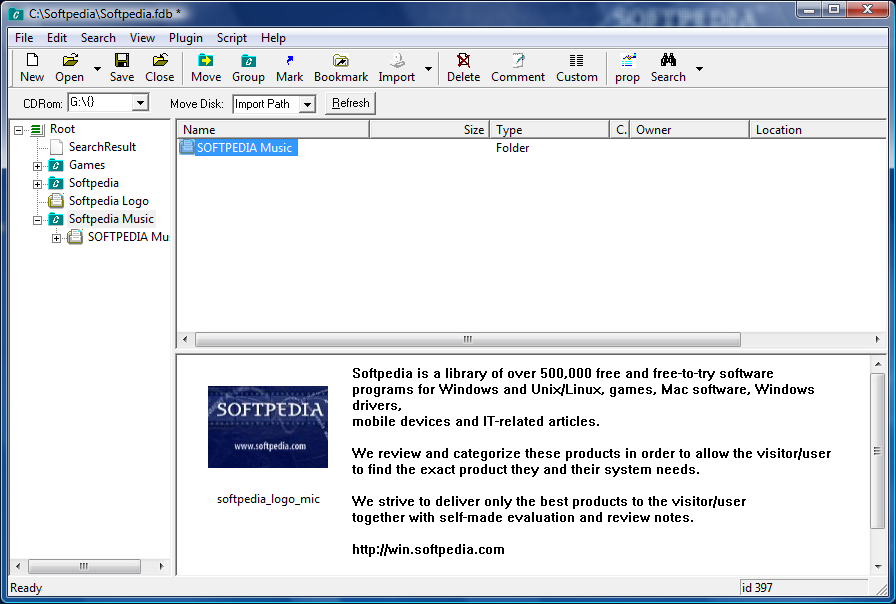
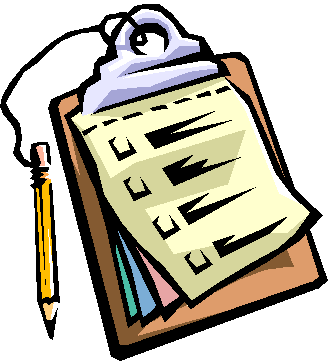
/wsug_graphics/ws-capture-options.png)

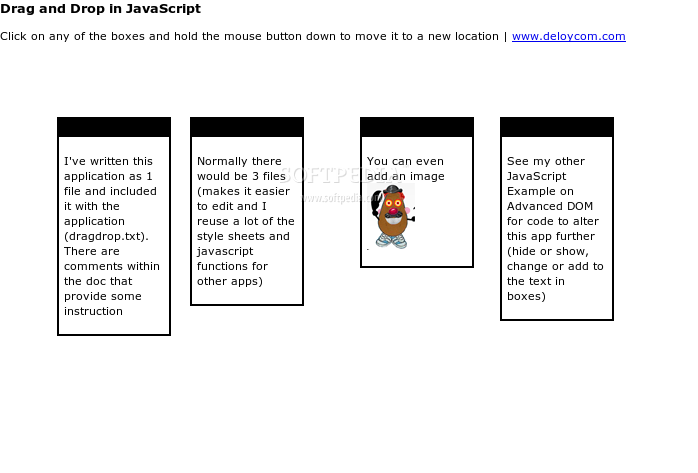


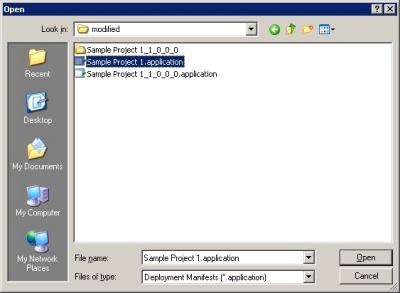









.gif)








